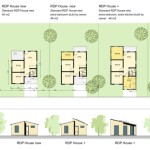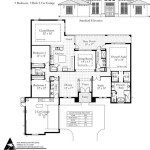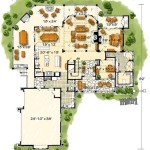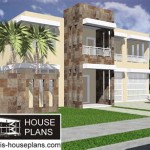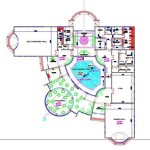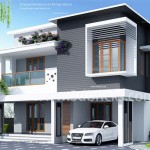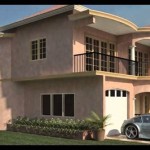Essential Aspects of Mountain House Plans
Mountain houses exude charm and tranquility, offering a respite from the hustle and bustle of city life. When embarking on the exciting journey of building a mountain home, meticulous planning is paramount. Mountain house plans serve as a blueprint for your dream abode, providing a roadmap for every aspect of the construction process. Understanding the essential aspects of these plans is crucial for a successful and fulfilling building experience.
1. Site Selection and Environmental Considerations
Choosing the right location is fundamental to mountain house planning. Factors to consider include accessibility, topography, soil conditions, and proximity to utilities. The slope of the land will influence the foundation design and drainage system. Additionally, environmental factors like wind direction, solar exposure, and wildlife activity should be taken into account. A thorough site analysis ensures a harmonious integration of your home into its natural surroundings.
2. Architectural Style and Floor Plan
Mountain house plans offer a wide range of architectural styles, from rustic log cabins to contemporary retreats. The choice of style should reflect your personal preferences and the surrounding environment. The floor plan determines the layout and functionality of your home. Consider the number of bedrooms, bathrooms, and living spaces required. Open-concept designs promote a sense of spaciousness, while carefully defined areas allow for privacy and tranquility.
3. Foundation and Framing
The foundation is the backbone of your mountain house. Depending on the soil conditions and topography, various foundation types may be suitable. A solid foundation ensures stability and longevity. Framing refers to the skeletal structure of the house, which can be constructed using wood, metal, or concrete. The framing system provides support and defines the shape of your home.
4. Roofing and Exteriors
The roof is a critical element in protecting your mountain home from the elements. Choose roofing materials that are durable, weather-resistant, and aesthetically pleasing. Common options include asphalt shingles, metal roofing, and wood shakes. The exterior finish, such as siding or stone veneer, plays a significant role in the overall appearance of your home. Select materials that complement the architectural style and enhance the mountain aesthetic.
5. Windows and Doors
Windows and doors provide natural light, ventilation, and access to the outdoors. Energy-efficient windows with low-E glass and double- or triple-paned glazing reduce heat loss and increase comfort. Door placement should consider both functionality and aesthetics. Consider panoramic windows to maximize stunning mountain views and create a seamless connection with the surrounding nature.
6. Heating, Ventilation, and Air Conditioning (HVAC)
HVAC systems ensure a comfortable indoor environment year-round. Mountain homes often experience extreme temperatures, so choosing an efficient and reliable HVAC system is essential. Consider options such as geothermal heating and cooling, radiant floor heating, or wood-burning stoves. Proper ventilation is also crucial to prevent moisture buildup and maintain air quality.
7. Interior Design and Finishes
The interior design of your mountain house should reflect your personal style and create a cozy and inviting atmosphere. Choose finishes and materials that are both durable and aesthetically pleasing. Natural materials like wood, stone, and leather add warmth and character to the space. Consider incorporating elements of the surrounding environment into your interior design to enhance the connection with nature.
8. Sustainability and Energy Efficiency
Building a sustainable mountain home not only benefits the environment but also reduces long-term operating costs. Incorporate energy-efficient appliances, lighting systems, and insulation. Consider renewable energy sources such as solar panels or geothermal heating to minimize your environmental footprint. Passive design techniques like proper orientation and natural ventilation can also enhance energy efficiency.
Conclusion
Mountain house plans are a comprehensive guide to creating your dream sanctuary in the mountains. By carefully considering the essential aspects discussed in this article, you can ensure a harmonious blend of functionality, comfort, and aesthetic appeal. A well-planned mountain home will provide years of enjoyment and tranquility, allowing you to fully immerse yourself in the beauty and serenity of your surroundings.

Small Mountain House Plans Houseplans Blog Com

Small Mountain House Plans Houseplans Blog Com
:max_bytes(150000):strip_icc()/bitterroot-b0a6d7cc5d7c464d97a5670a4d2d3a57.jpg?strip=all)
34 Best Mountain House Plans For Your Vacation Home

1 5 Story Modern Mountain House Plan Regency Industrial Plans Craftsman

Craftsman Estate Home Plan With 3 Bedrooms And Gourmet Kitchen 1497

Mountain House Plans By Max Fulbright Designs

Mountain House Plans Style Home Designs

Mountain Home Floor Plans We Love Blog Eplans Com

Mountain Home Plans From House

Small Mountain House Plans Houseplans Blog Com

